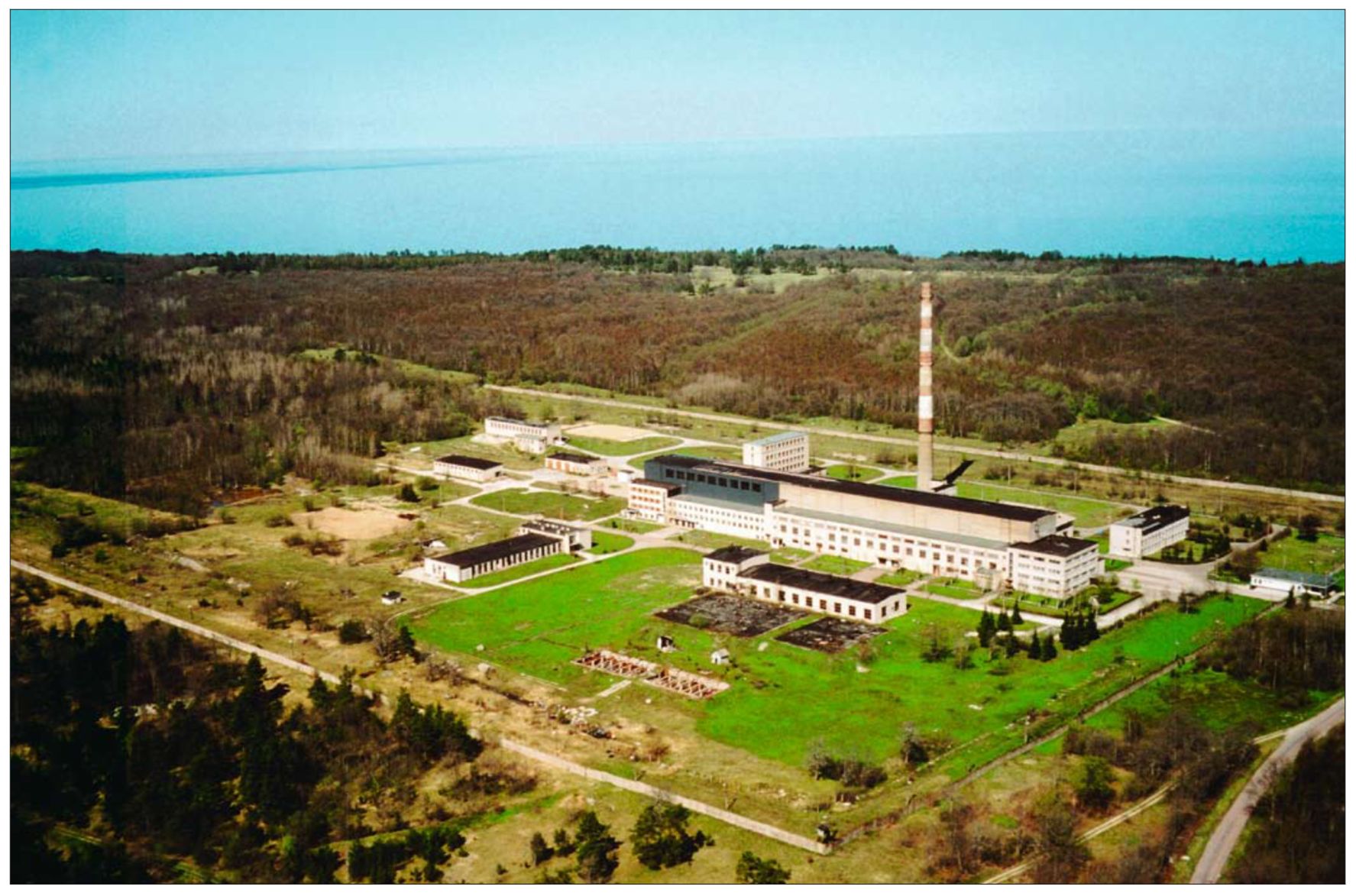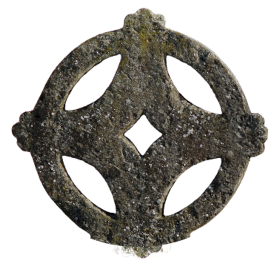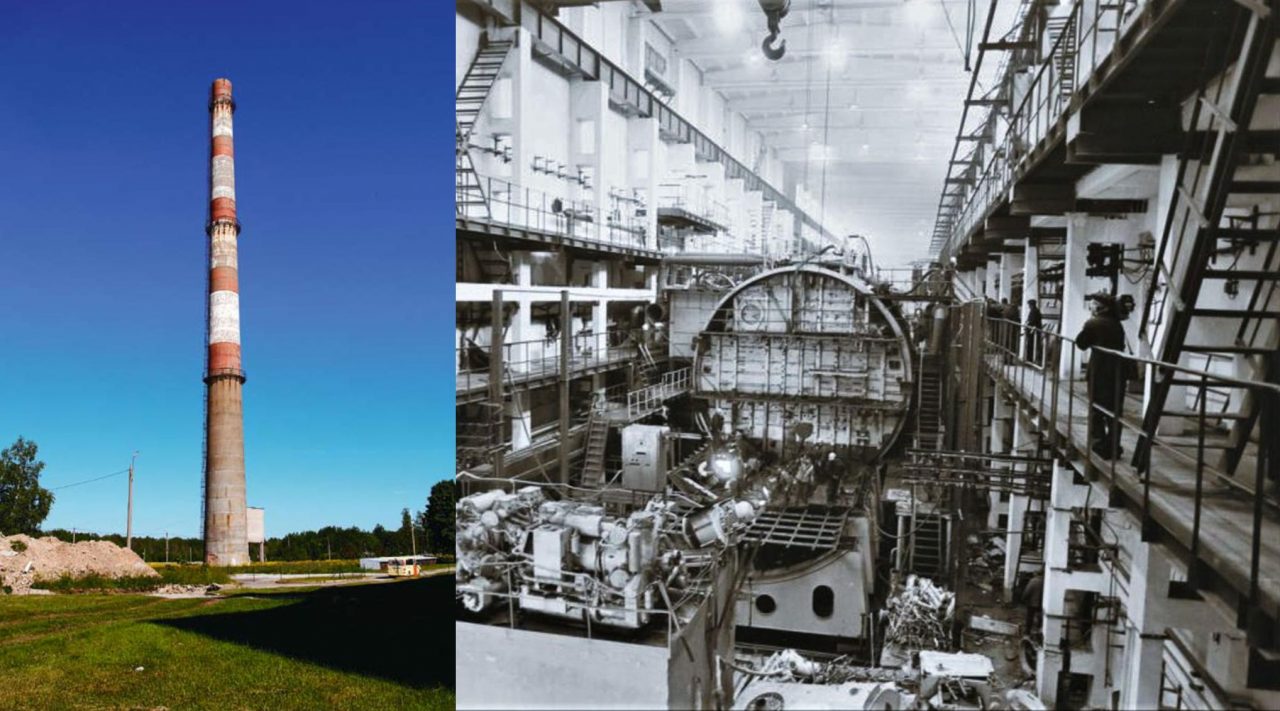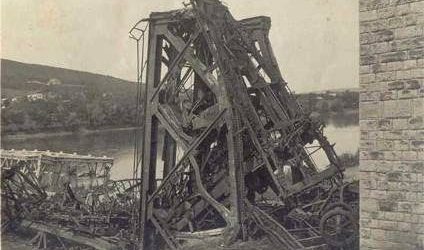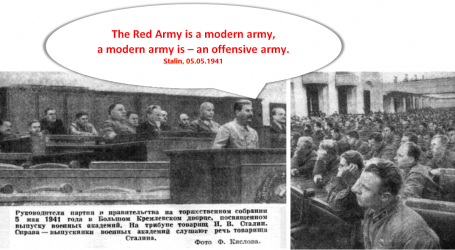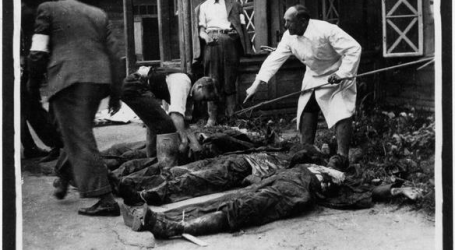Paldiski: The city without the name but with own Хирошима.
Paldiski was established by the orders of Peter the Great. From the start the city had one aim only – military purpose. Peter the Great built a littoral castle to defend the approach to Tallinn. If one looks carefully at the topographical map on Maa-amet (Estonian Land Board) GeoPortal of Paldiski, the outlines of the maritime castle is seen till this day.
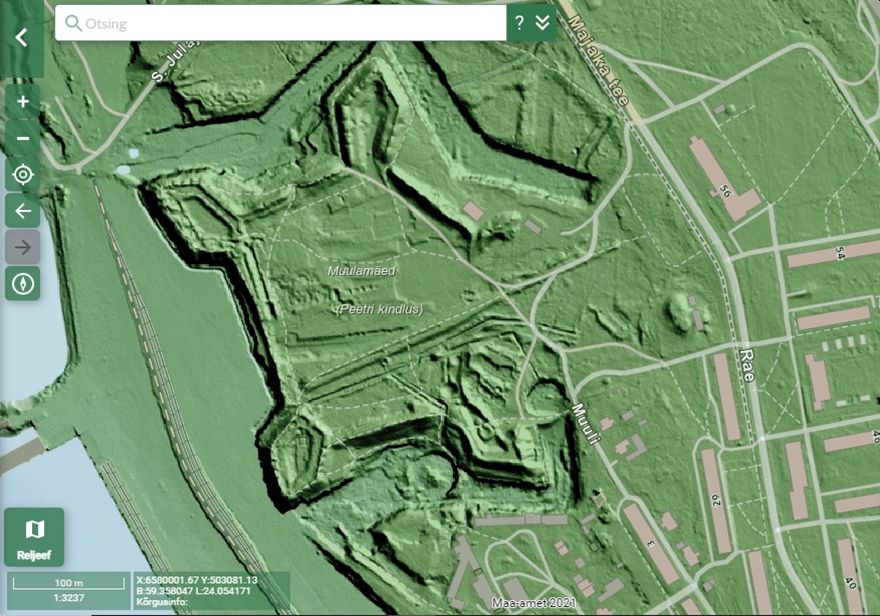
The problem with the name Paldiski lays in the fact it’s not a name. Paldiski is Estonian name of Russian term Балтиский which nothing more than the Russified Latvian name of baltia, meaning white, thanks to the Kaali meteorite that fell into Saaremaa and lit up the sky in bright white light.
De-facto Paldiski is not a name but a place indicator that people have started to regard as a city name.
With or without the name Paldiski comes with horrific legacy of Russian and Soviet ethnic cleansing where Peter the Great forcefully resettled all the coastal Swedish settlers and in 1940, when the Soviets took over Paldiski after forced upon Estonia the Military Basses Agreement, on 24 September 1939, the residents of the city got eviction notice and they had to leave the houses and flats they lived. The city became a fully closed military city.
In the 1960’s the Soviet Navy General Staff in Moscow decided that in Paldiski, under their strict control and chain of command of theirs, a submarine training facility has to be built. By 1968, a mere 7 years after the K-19 nuclear reactor cooling system tragedy, the same reactor, PWR/VM-A for project 658/Echo II class, was loaded with uranium fuel and became critical. Nobody at that time in Estonia knew they had the same nuclear reactor running in occupied Estonia until 2005. Not just the submarine training facility in Paldiski had live nuclear reactor as on the K-19, the whole facility was a fully functioning submarine on dry land, even with ability to spin its screw where the heat of the rotating screw was transferred to a separate cooling tank.
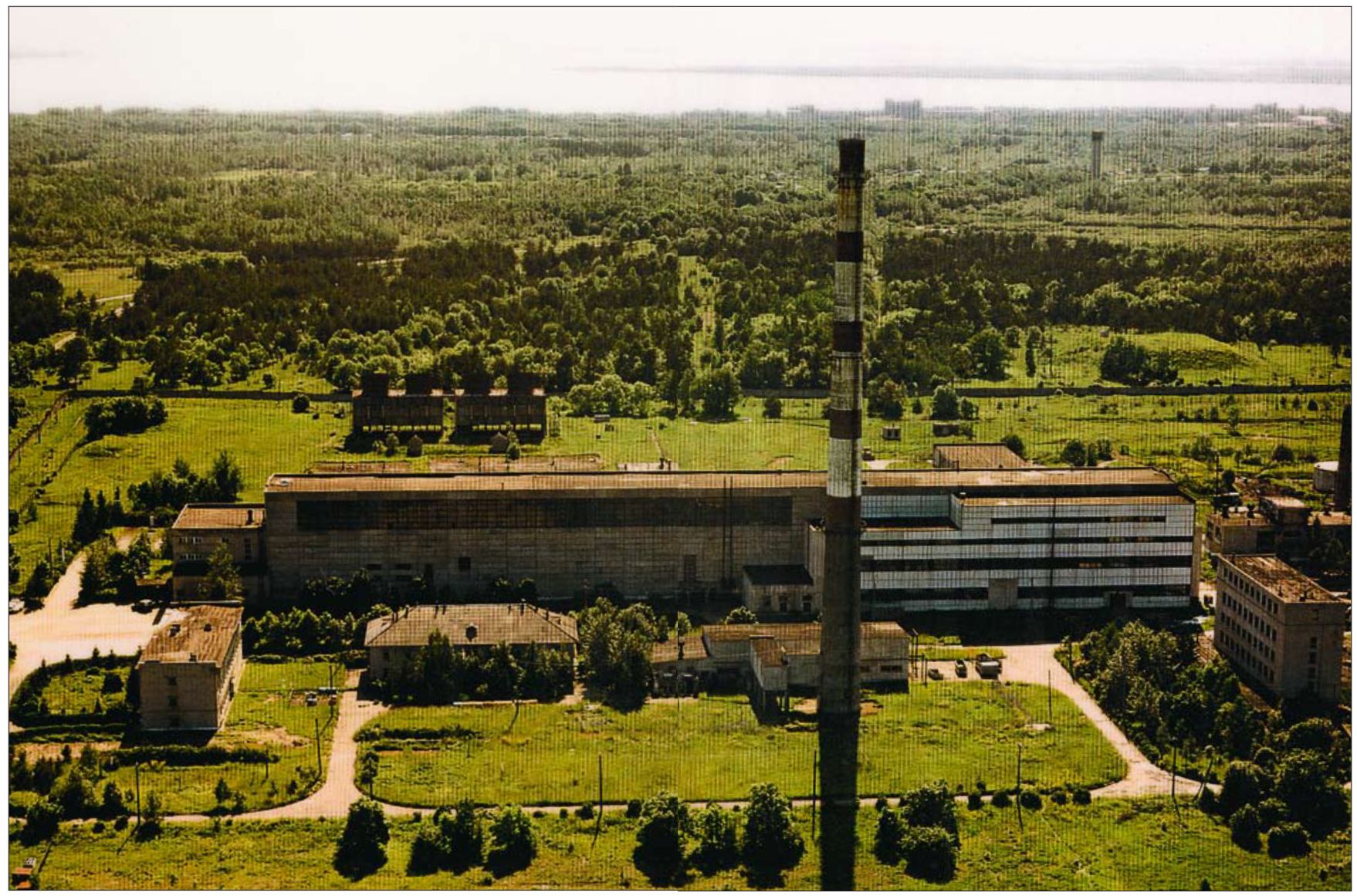
Later, much, much later, in 2005, when A.L.A.R.A. AS and the Ministry of Communication & Transportation issued a 10th anniversary report on finishing the nuclear decontamination work on the Paldiski submarine training facility. 37 years after the K-19 type nuclear reactor PWR/VM-A achieved first critical stage Estonians were to learn that we were close to the K-19 alike nuclear disaster within, would that cooling system fail on a will again.
Biggest mystery of Paldiski for the residents have always been the 100-meter-tall chimney the submarine facility had, which never spew a puff of smoke. For intelligence reason and spoofing the space satellites the Soviet Navy decided to opt for emergency ventilation in case of need for pushing out the contaminated air by the 100-meter-tall chimney. The idea was in case the chimney fills with the radioactive air from the PWR/VM-A nuclear reactor the 100 meters of free flow of air would disperse the nuclear contamination so much it won’t present a danger for the locals and the residents of Paldiski.
In the A.L.A.R.A. AS report, on the page 93, the description under the picture says:
“The Paldiski nuclear facility 100-meter-tall chimney, what during the Soviet time made people wondered “why a chimney which never puffs a smoke””. In reality is part of the ventilation system and its great height was needed for a possible emergency scenario and dissipate the radioactive aerosols.”
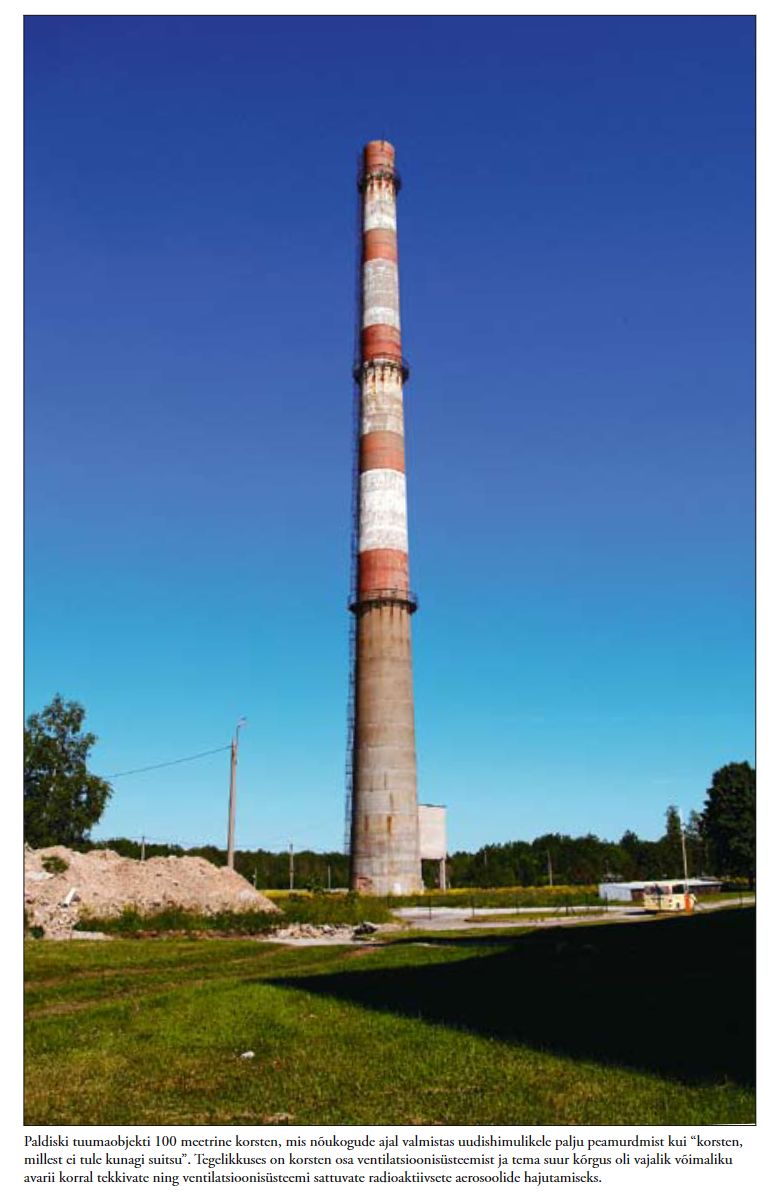
The reactor in Paldiski was never better than the one on the K-19. Estonia got lucky nothing happened and we survived. Both – didn’t get nuked by NATO due to necessity of response to the Soviet first strike and didn’t get internally nuked by the ticking dirty bomb in the Paldiski submarine training facility.
After the K-19 nuclear reactor incident of 4 July 1961 the Soviet Navy seamen nicknamed the reactor Хирошима (Hiroshima). One can clearly understand why because in the case on complete nuclear fuel meltdown the contact with any water surface would have resulted in a massive nuclear explosion a la dirty bomb.
